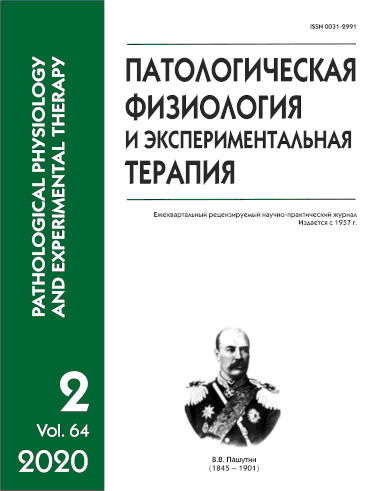Selecting an optimal model of uterine damage for preclinical studies
Abstract
Preclinical studies are performed to assess safety and efficacy of a drug. They are a prerequisite for drug registration and implementation. Success of these studies depends on the choice of the animal and the method of modeling the pathology. This review focuses on modeling gynecological pathologies in preclinical studies. Specifically, the authors addressed experimental impacts for modeling Asherman’s syndrome, endometriosis, and chronic endometritis. The search for literature was conducted in PubMed and Clinical Trials databases. The review describes surgical interventions, physical, chemical, and infectious methods for affecting the uterus integrity and induction of inflammatory and adhesive processes in this organ. A possibility of modeling endometriosis by stress exposures is considered. Effectiveness of these strategies and prospects for their future use were evaluated. According to the analysis of reports the most suitable animal for modeling the uterine damage is 4-8-week-old female rats. The most reproducible way to activate mechanisms of pathomorphological intrauterine adhesion is chemical injury of the endometrium with 95% ethanol. The best approach in modeling chronic endometritis is endometrial and parietal peritoneum stitching.






